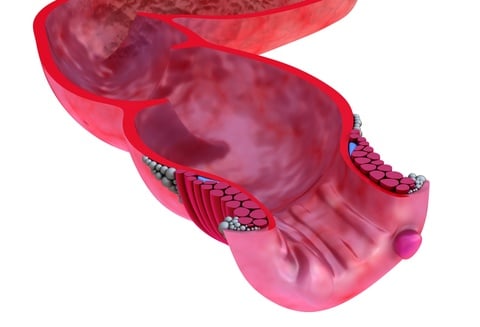When a person has a hearing impairment, Stapedectomy is performed. This surgical treatment is specifically proposed for otosclerosis which is a disease of the middle ear bones and inner ear (sometimes). Sometimes is hereditary but a common cause of hearing arises in most people.
Stapedectomy is practiced to treat and correct the stapes fixation, joins the stapes to other parts of the middle ear, and replaces it with a prosthesis.

Why stapedetomy is performed?
- However, the sound leads stapes bone vibrations which pass into the fluid of the inner ear. The inner ear facilitates hearing. Most significantly if the stape bone stops vibrating, hearing will be lost or decreased.
- The most common reason to perform this technique is Otosclerosis which is an increase of bone around the stapes. It, however, leads to hearing loss if stapes stop vibrating and tinnitus.
- Stapedectomy surgery is good practice to remove damaged stapes, improve hearing, and further replace it with an artificial one.
- Besides these causes, yet another reason to employ this would be to correct a stapes that is abnormally shaped or fractured.
- If a person has lost his hearing due to fixation of the stapes
- If a gap between air-bone exists (as at least 15dB across 3 frequencies) which is to be confirmed with tuning-fork testing.
- A person with good health (particularly if general anesthesia is required)
Nevertheless, those with poor hearing (if shown on the patient’s report and not on audiography) are more likely to undergo the operation first. Though, after this, in bilateral cases, it is recommended to take a month time span considering it is now a poorer-hearing ear.




.jpg)



.jpg)



Leave a comment